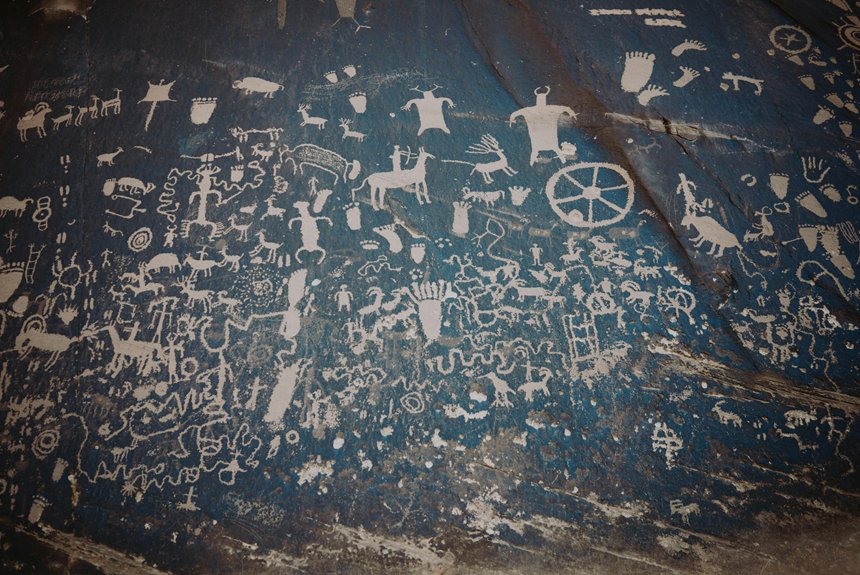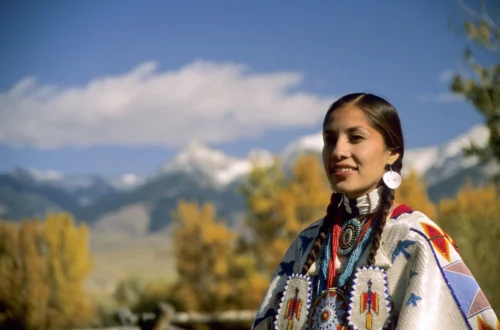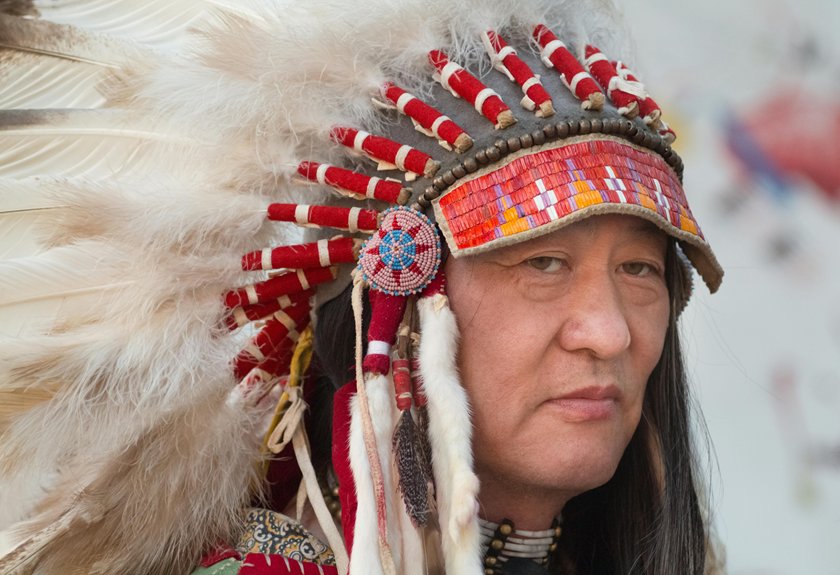Many people assume that Native Americans automatically receive free college tuition, but that’s far from the truth. While there are various funding opportunities available, they often come with specific eligibility requirements. Understanding these options is essential for supporting Native American students in overcoming financial barriers. What kinds of resources and programs are out there to help? Let’s explore the various avenues that can make higher education more accessible for Native Americans.
Overview of College Funding for Native Americans
How can Native Americans access college funding? Many resources are available to help you navigate the financial landscape of higher education.
Start by exploring tribal scholarships and grants, which often prioritize Native American students. Each tribe has its own funding opportunities, so check with your tribal education office for specific options.
Additionally, look into private organizations that support Indigenous students, as they can provide valuable scholarships. Don’t forget to complete the Free Application for Federal Student Aid (FAFSA), which can open doors to federal aid.
Finally, consider state programs designed to assist Native Americans in pursuing higher education. By actively seeking these resources, you can find the financial support necessary to achieve your academic goals.
Federal Programs Supporting Native American Students
While exploring your options for college funding, you’ll find that federal programs specifically designed to support Native American students can greatly enhance your financial resources.
The Bureau of Indian Education (BIE) offers programs that provide scholarships and grants tailored to your unique needs. Additionally, the U.S. Department of Education administers the Indian Education Act, which funds initiatives aimed at improving educational opportunities for Native American youth.
You can also access the Pell Grant, which can considerably reduce your tuition costs. Furthermore, some federal loan programs provide favorable terms for Native American students.
State-Specific Scholarships and Grants
Many states offer specific scholarships and grants designed to support Native American students pursuing higher education.
These opportunities can greatly reduce tuition costs and make college more accessible for you. Here are four examples of state-specific scholarships and grants you might consider:
- Washington State Indian Education Association Scholarship – Supports Native American students attending college in Washington.
- California Indian Education Program Grants – Provides funding for Native American students in California.
- Oklahoma State Regents for Higher Education Native American Scholarship – Offers financial aid to eligible Native students in Oklahoma.
- Minnesota Indian Scholarship Program – Assists Native American students with tuition costs in Minnesota.
Exploring these options can help you find the right financial support for your educational journey.
Tribal Education Programs and Resources
In addition to state-specific scholarships and grants, tribal education programs and resources play an essential role in supporting Native American students on their academic journeys. Many tribes offer scholarships tailored for their members, ensuring access to higher education.
You’ll also find mentorship programs, tutoring services, and cultural workshops designed to enhance your learning experience. These resources not only help you academically but also connect you with your heritage, fostering a sense of community and identity.
Additionally, some tribes collaborate with local colleges to provide dual enrollment opportunities, allowing you to earn college credits while still in high school. Engaging with these programs can empower you to succeed and thrive in your educational pursuits.
The Role of the Bureau of Indian Education
The Bureau of Indian Education (BIE) plays an essential role in shaping the educational landscape for Native American students, ensuring they’ve access to quality schooling and resources.
As you explore the impact of BIE, consider these key aspects:
- Funding Support: BIE allocates federal funds to schools, helping them maintain operations and improve facilities.
- Curriculum Development: It promotes culturally relevant curricula, integrating Native American history and languages into education.
- Teacher Recruitment: BIE actively seeks qualified educators who understand Native cultures, enhancing the learning environment.
- College Preparation: Through various programs, BIE helps students prepare for higher education, increasing their chances of success.
Understanding the BIE’s role can empower you to advocate for better educational opportunities within Native American communities.
Scholarships Offered by Private Organizations
Although financial barriers often hinder access to higher education for Native American students, numerous private organizations offer scholarships specifically designed to support their academic journeys.
These scholarships aim to empower you, recognizing the unique challenges you face. Organizations like the American Indian College Fund and the Native American Scholarship Fund provide funding that can cover tuition, books, and living expenses.
Many of these scholarships aren’t just based on academic achievement; they also consider community involvement and cultural heritage. By applying for these opportunities, you can alleviate some financial stress and focus more on your studies.
It’s essential to explore these options, as they can greatly impact your educational experience and future career.
Eligibility Criteria for Financial Assistance
To qualify for financial assistance, you must meet specific eligibility criteria that vary by program and institution. Here are four key factors you should consider:
- Tribal Enrollment: You typically need to be an enrolled member of a federally recognized tribe.
- Residency Requirements: Some programs may require you to reside in specific states or regions.
- Academic Standing: Maintaining a certain GPA or academic performance can be vital for eligibility.
- Financial Need: Many financial aid programs assess your financial situation to determine your need for assistance.
Understanding these criteria is significant in maneuvering your options for funding higher education.
Challenges Faced by Native American Students in Higher Education
While pursuing higher education, Native American students often encounter a unique set of challenges that can hinder their academic success. Many face financial barriers, as scholarships and funding may not be enough to cover living expenses.
Cultural disconnection can also impact your experience; maneuvering mainly non-Indigenous environments might leave you feeling isolated. Additionally, tribal obligations and community responsibilities often compete for your time and focus, making it harder to balance studies.
Mental health resources can be limited, and there’s often a lack of representation in faculty and administration, which can affect your sense of belonging.
Recognizing these obstacles is essential, as it can help educators and policymakers create supportive systems that empower Native American students to thrive.
Success Stories: Native Americans Thriving in College
Many Native American students are breaking barriers and achieving remarkable success in higher education, proving that resilience and determination can lead to significant accomplishments. Here are some inspiring success stories that highlight their journeys:
- First-Generation Graduates: Many students are the first in their families to earn a degree, paving the way for future generations.
- Cultural Empowerment: Students often incorporate their heritage into their studies, enriching academic discourse and fostering community pride.
- Leadership Roles: Native Americans are taking on leadership positions in student organizations, advocating for their peers and addressing systemic issues.
- Scholarship Winners: Numerous students are receiving scholarships specifically designed to support Native American education, enabling them to pursue their dreams without financial burden.
These stories underscore the strength and potential within Native communities, driving change through education.





